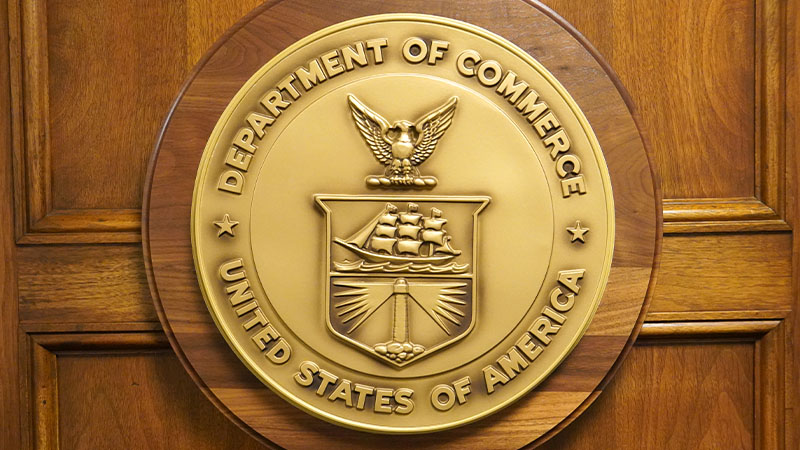Exclusive content

The United States Department of Commerce (DOC) has tightened its grip on the imported shrimp market, announcing countervailing duties on frozen warmwater shrimp from Vietnam. This latest measure comes amid escalating tensions in seafood trade, aiming to shield American shrimp farmers from perceived subsidy-fueled competition.
In its final determination, the DOC set a 2.84% duty on shrimp from Soc Trang Seafood Joint Stock Company (STAPIMEX), the largest Vietnamese exporter named in the case, and a steep 221.82% duty on Thong Thuan Company Limited, which declined to cooperate in the investigation. These duties extend to all Vietnamese shrimp producers and exporters involved.
A Fragile Victory in a Tense Market
For Vietnam, this outcome is somewhat of a pyrrhic victory. The duty on STAPIMEX is far lower than the penalties faced by its competitors in India and Ecuador, a fact that has buoyed Vietnamese exporters’ hopes of remaining viable in America’s seafood market. Still, the newly imposed barriers complicate what had been a thriving export path for the Southeast Asian nation.
The DOC’s ruling alone does not finalize these tariffs. The ultimate decision will be made by the US International Trade Commission (USITC), which has 45 days from October 21 to assess whether subsidized Vietnamese shrimp have inflicted damage on America’s domestic shrimp industry. Should the USITC rule affirmatively, the DOC’s duties will come into official force, marking a pivotal moment for Vietnamese shrimp exporters in the US market.
Navigating Vietnam’s Fisheries Policies
At the heart of America’s case is a series of Vietnamese government-backed initiatives that support the country’s shrimp industry. From corporate income tax breaks to low-interest loans and land-use incentives, these policies fall under Vietnam’s national strategy to grow its fisheries by 2030. Out of the 40 government programs and subsidies the DOC scrutinized, it deemed 26 as countervailable subsidies, leaving 10 as non-countervailing and five under further review. The result is a long list of regulatory issues that Vietnamese exporters will need to navigate if they are to avoid further restrictions on their access to the American market.
Vietnam’s Association of Seafood Exporters and Producers has previously raised concerns about America’s aggressive approach. In March, when the DOC first proposed these countervailing duties, initial rates spanned from 1.69% to as high as 196% for other major shrimp exporters including India and Ecuador.
A Global Market on Edge
America’s shrimp market is significant; nearly 90% of the 788,200 metric tons of shrimp imported in 2023 originated from just four countries—Vietnam, India, Ecuador, and Indonesia. This makes the US both a highly lucrative and highly contested market for seafood exporters worldwide. Vietnam’s relatively moderate duty rate offers some consolation, but the path forward remains complex, particularly if the USITC finalizes the decision to impose tariffs.